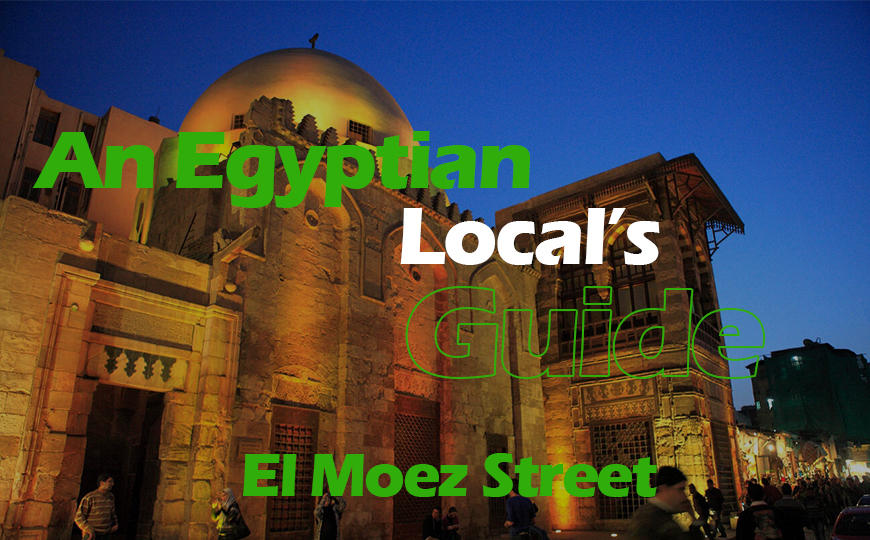In the heart of Historic Cairo lies a street that is not just a road, but a living museum—El Moez Street. With over a millennium of history etched into its walls, domes, and minarets, El Moez Street transports visitors to the golden age of Islamic Cairo. From the rhythmic sounds of calligraphy tools in old workshops to the scent of fresh bread from traditional bakeries, the street tells stories of empires, artisans, and enduring culture.
Whether you're a history buff, a casual traveler, or a local rediscovering your city, El Moez offers an unforgettable glimpse into a past that continues to shape Egypt’s identity.
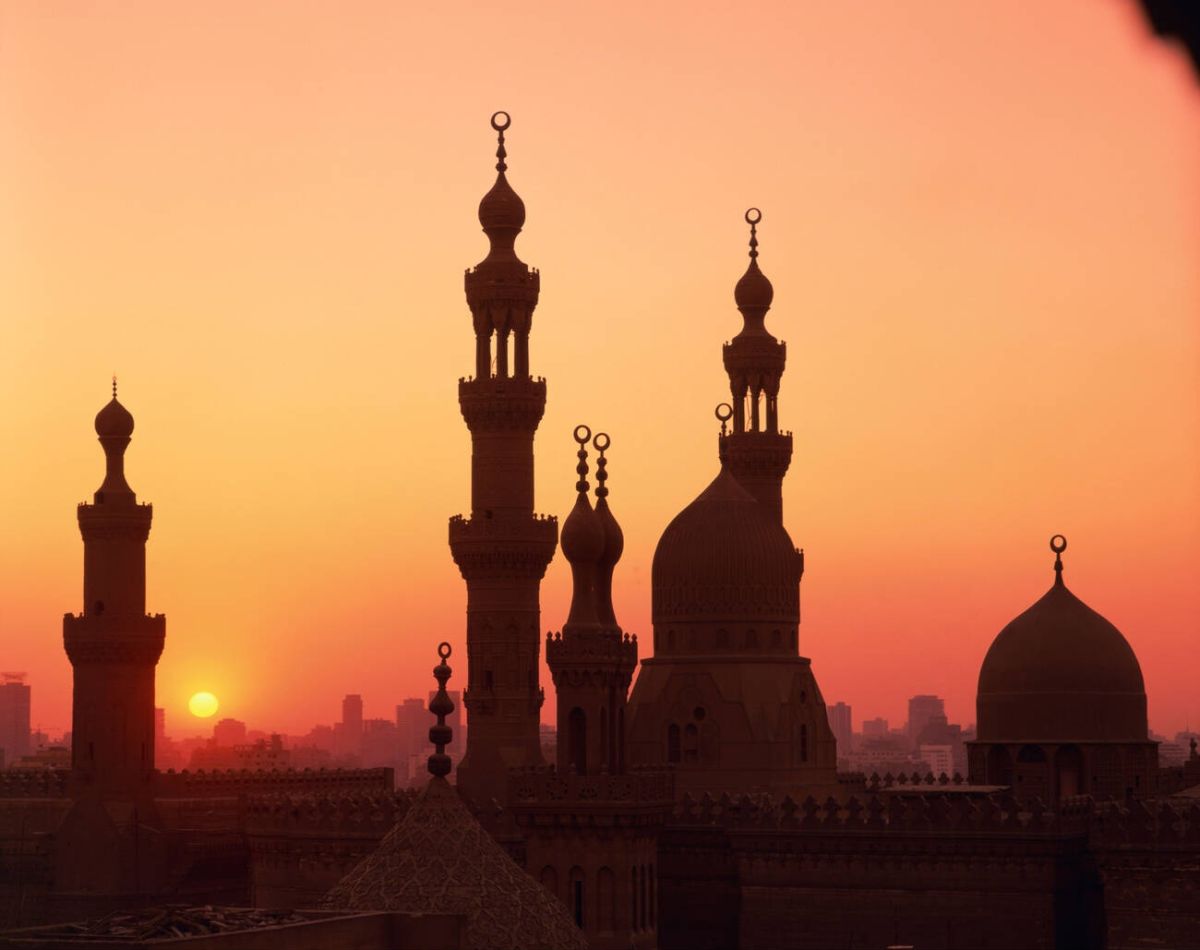
Named after Al-Muizz li-Din Allah, the fourth Fatimid caliph, the street was inaugurated in the 10th century AD when Cairo was founded as the capital of the Fatimid Caliphate. El Moez became the main north-south axis of Cairo, linking the city’s monumental gates: Bab Zuweila in the south and Bab al-Futuh in the north.
During the Fatimid, Ayyubid, Mamluk, and Ottoman periods, the street flourished as the city’s political and religious hub. Wealthy patrons built elaborate mosques, madrasas (Islamic schools), hammams (public baths), and sabils (public water dispensers)—many of which still stand beautifully restored.
In 2008, a major preservation project transformed the street into an open-air museum, illuminating its architectural treasures and making it a centerpiece of Cairo’s cultural tourism.
El Moez Street lies in Islamic Cairo, very close to Khan El Khalili Bazaar and Al-Azhar Mosque.
The street is pedestrian-only, offering a relaxed stroll free from cars and traffic noise.
Here's a highlight of some must-see stops along El Moez Street, generally listed from south to north:
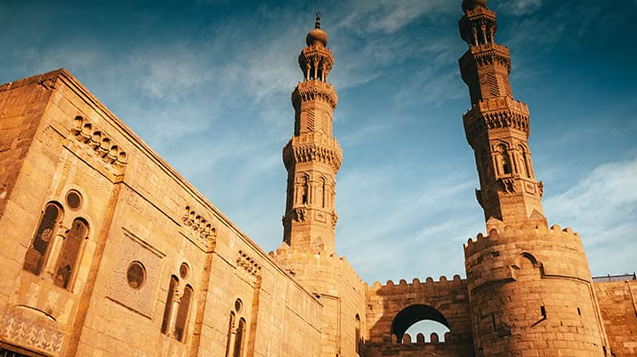
An iconic medieval gate with two massive minarets you can climb for panoramic views of Old Cairo.
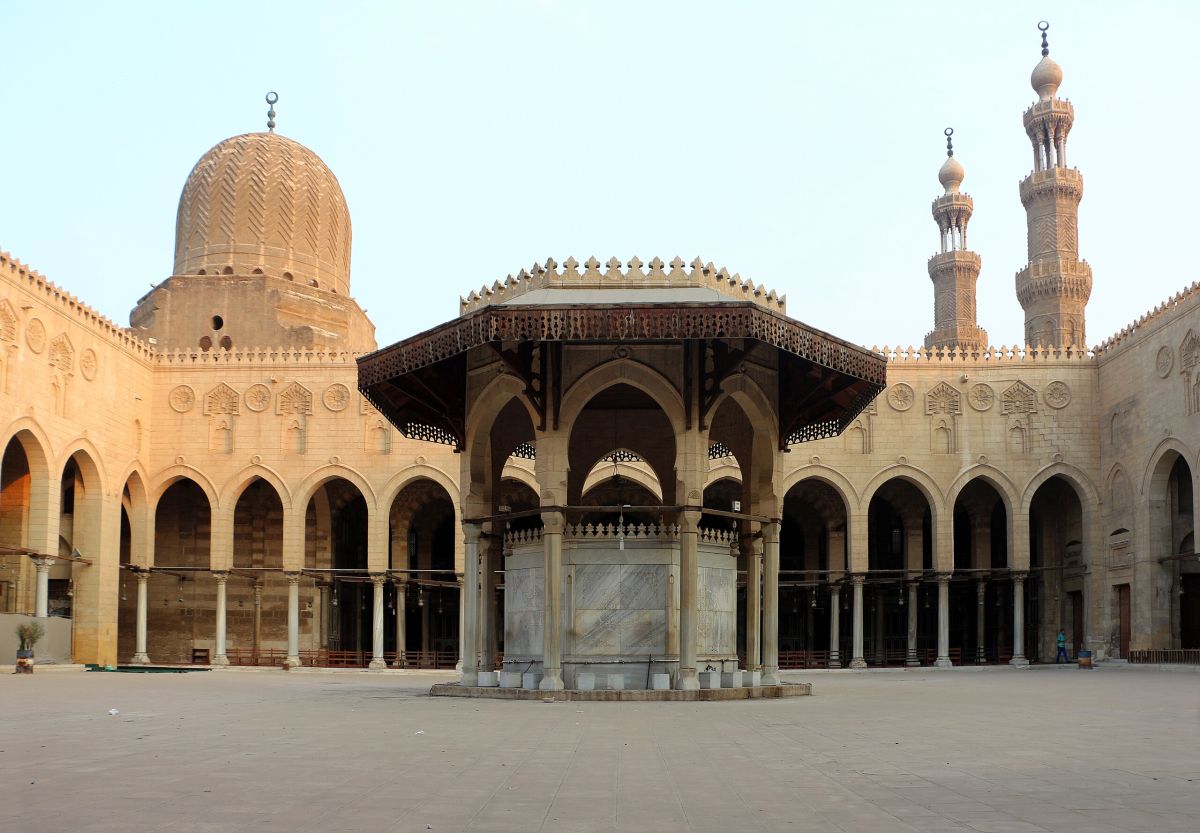
Next to Bab Zuweila, this 15th-century mosque is built on the site of a former prison and features one of Cairo’s finest marble mihrabs.
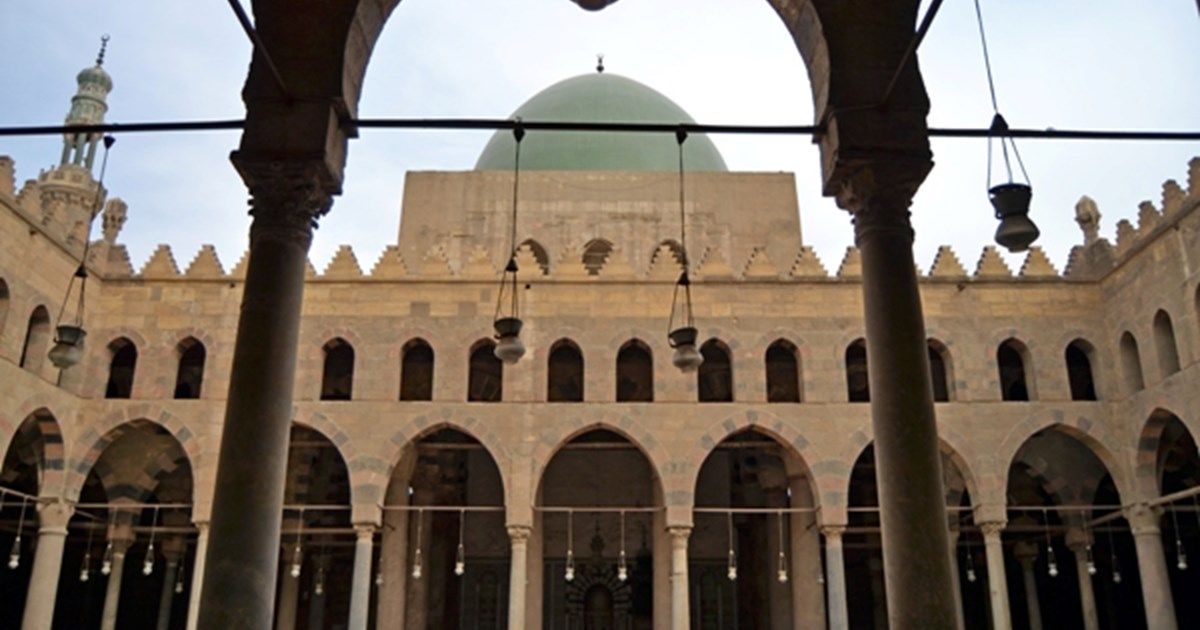
A key Mamluk-era complex with intricate carvings and geometric artistry.

Arguably the crown jewel of El Moez Street. Built in 1284, it includes a hospital, madrasa, and mausoleum all in one—and is famed for its lavish interior.
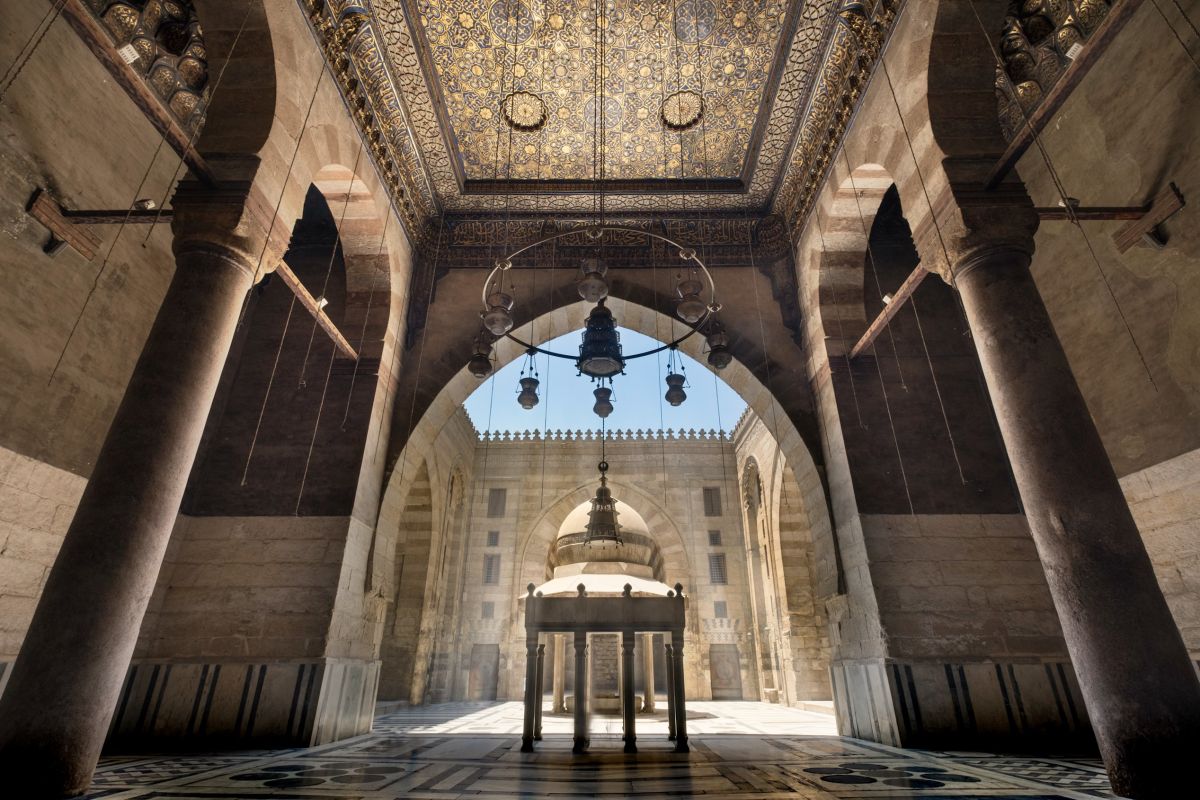
An elegant religious school and mosque complex with detailed mashrabiya windows and woodwork.
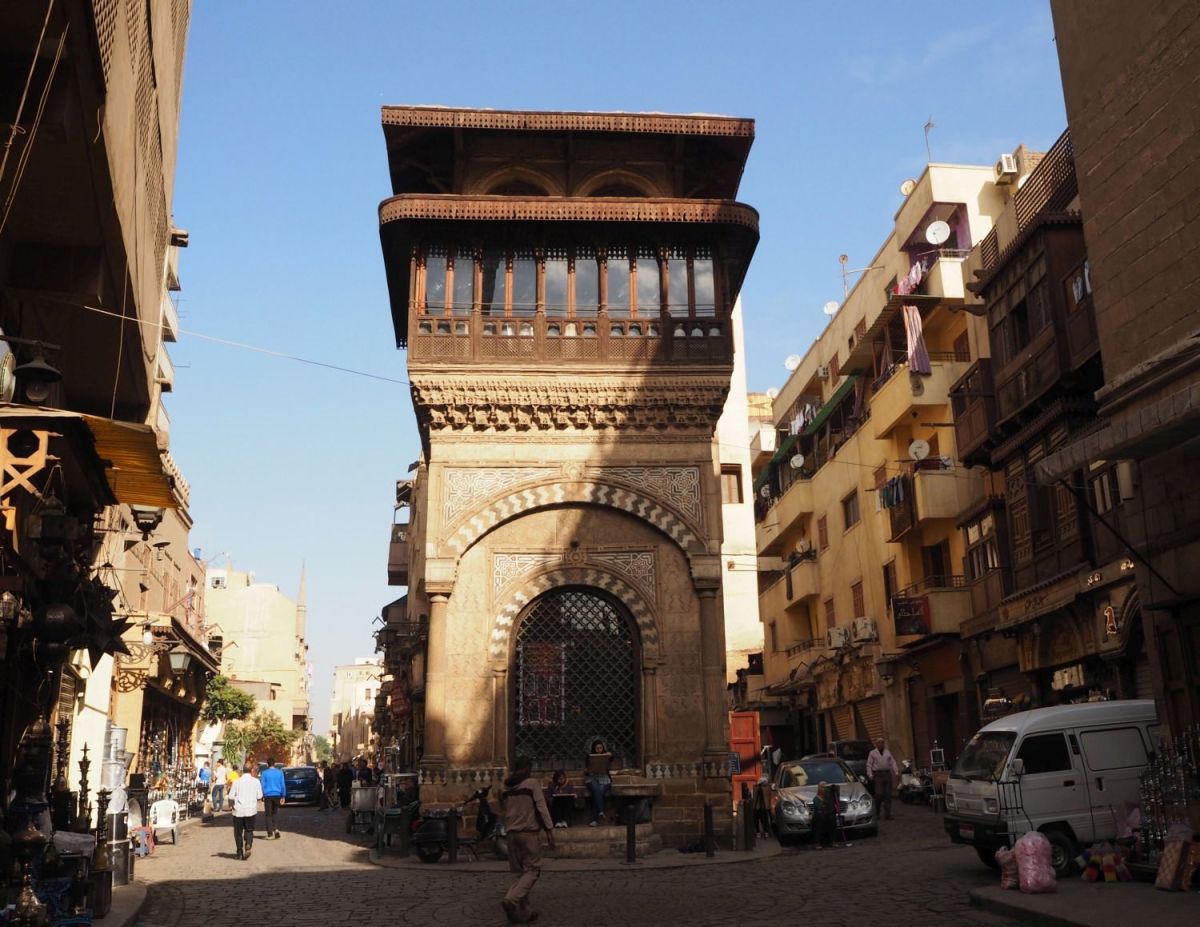
A 1744 Ottoman structure that provided both water and education—a beautiful example of Cairo’s layered history.
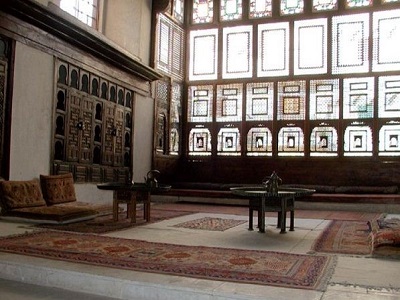
A fully preserved Ottoman-era home that gives you a glimpse into how Cairo’s elites lived centuries ago.
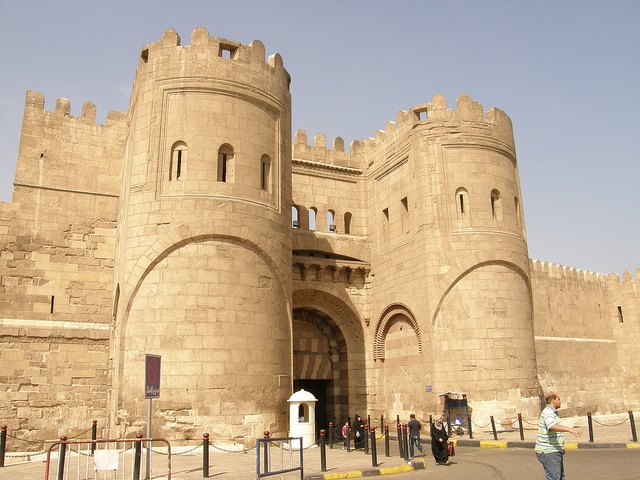
The northern gate of Islamic Cairo, impressively intact, and a great endpoint for your walk.
While El Moez is more historical than commercial, there are artisan shops selling:
Be sure to also explore nearby Khan El Khalili for more extensive shopping.
Where to Eat & Drink
While there aren’t many large restaurants on El Moez itself, there are several local eateries and juice stands worth trying:
In the evenings, El Moez Street is beautifully lit by spotlights, giving its stone façades a magical glow. The Ministry of Culture sometimes organizes night tours, light shows, or Ramadan events featuring Sufi music and whirling dervish performances.
Check with local tour providers or Egypt’s Ministry of Tourism pages for seasonal events.
Tips for Visitors
Find out our latest news, promotions, and professional tips. Know before you book your next Egypt tours
El Moez Street is famous for being one of the oldest and most historically significant streets in Cairo, showcasing over a thousand years of Islamic architecture, including mosques, madrasas, sabils, and palaces.
It lies in the heart of Historic Cairo, between Bab Zuweila and Bab al-Futuh, close to Khan El Khalili and Al-Azhar Mosque.
The best times are early morning or late afternoon for cooler temperatures and fewer crowds. Evenings are also beautiful when the street is illuminated.
Walking along El Moez Street is free, but some sites like the Qalawun Complex and Bayt al-Suhaymi may require a small entrance fee (typically under 100 EGP).
A thorough visit can take 2–3 hours, depending on how many monuments you explore and whether you stop for food or shopping.
Yes, it’s a popular and safe area for tourists. Just keep an eye on your belongings and avoid very late-night visits alone.
Absolutely. Local guides or walking tours offer historical insights and access to monuments you might otherwise overlook.
Restrooms are available in certain mosques and nearby cafés like Naguib Mahfouz Café.
Modest clothing is advised, especially if entering religious sites. Comfortable shoes are also a must, as the street is cobblestoned.
Yes, photography is allowed in public spaces and most monuments. However, flash or tripod use may be restricted in certain areas.
